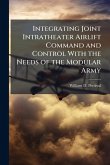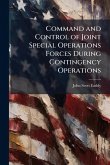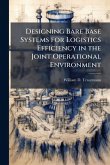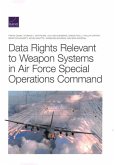The purpose of this monograph is to formulate an improvement to and highlight deficiencies in the current manner of the command and control of unmanned aircraft systems. The paper employs a historical method of analysis of the centralization of the command and control of airpower derived from the Casablanca Conference of 1943 during World War II. It then applies the classification problems associated with aircraft and discusses the lack of applicability of those taxonomies as technological advances make aircraft multi-role capable assets. This multi-role capability of armed unmanned aerial vehicles has the aircraft straddling the command and control line between being a simple reconnaissance platform and an air-to-ground strike platform. There are three recommendations that emerged from this research. The first is that the Department of Defense must appoint executive agents for unmanned aircraft systems. The second is that all Tactical 3, Operational/Theater, and Strategic UASs be centralized under the command and control of the air component commander. The third recommendation is to terminate the MQ-1 Predator program and increase procurement of the Sky Warrior aircraft. This work has been selected by scholars as being culturally important, and is part of the knowledge base of civilization as we know it. This work was reproduced from the original artifact, and remains as true to the original work as possible. Therefore, you will see the original copyright references, library stamps (as most of these works have been housed in our most important libraries around the world), and other notations in the work. This work is in the public domain in the United States of America, and possibly other nations. Within the United States, you may freely copy and distribute this work, as no entity (individual or corporate) has a copyright on the body of the work. As a reproduction of a historical artifact, this work may contain missing or blurred pages, poor pictures, errant marks, etc. Scholars believe, and we concur, that this work is important enough to be preserved, reproduced, and made generally available to the public. We appreciate your support of the preservation process, and thank you for being an important part of keeping this knowledge alive and relevant.
Bitte wählen Sie Ihr Anliegen aus.
Rechnungen
Retourenschein anfordern
Bestellstatus
Storno








